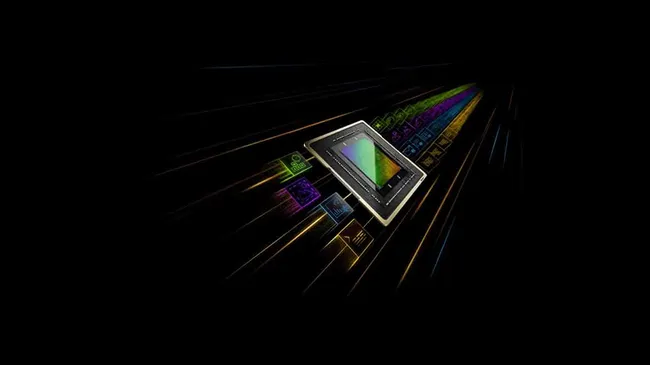Exploring Nvidia’s New GPU Choices for AI Democratization in the Age of Hybrid Working Environments
In the era of generative AI and hybrid working environments, professionals across various industries are increasingly relying on powerful AI-accelerated business laptops to meet the demands of their work. As AI continues to integrate into design, content creation workflows, and everyday productivity applications, the need for robust local AI acceleration and ample processing power has become more pronounced.
Nvidia has set its sights on democratizing AI by unveiling its latest RTX 500 and RTX 1000 Ada Generation Laptop GPUs. These GPUs, tailored for professionals on the move, will be available in portable mobile workstations, expanding the selection based on the Ada Lovelace architecture.
The upcoming mobile workstations equipped with Ada Generation GPUs will feature both an NPU and an Nvidia RTX GPU, incorporating Tensor Cores for AI processing. This combination allows for the NPU to handle light AI tasks, while the GPU provides up to an additional 682 TOPS of AI performance for more demanding workflows.
One of the key highlights of the new RTX 500 GPU is its reported up to 14x generative AI performance for models like Stable Diffusion, up to 3x faster photo editing with AI, and up to 10x the graphics performance for 3D rendering compared to a CPU-only configuration. This optimization is set to significantly enhance professional workflows across industries.
Nvidia envisions that the RTX 500 and 1000 GPUs will empower video editors to streamline tasks such as background noise removal with AI, enable graphic designers to enhance blurry images with AI upscaling, and offer professionals higher-quality video conferencing and streaming experiences on the go.
The new Nvidia RTX 500 and 1000 Ada Generation Laptop GPUs are expected to hit the market this spring, featuring in laptops from renowned brands such as Dell, HP, Lenovo, and MSI. However, while the appeal of the new RTX 500 and RTX 1000 laptop GPUs is undeniable, it’s also worth considering whether the Nvidia RTX 4000 GPUs might be a better choice. The RTX 4000 GPUs are likely to offer a more cost-effective and powerful solution in a standard laptop, providing an alternative option for those seeking to build an LLM.
In conclusion, Nvidia’s latest GPU offerings are poised to make AI more accessible and impactful across various professional domains, catering to the evolving needs of professionals in the age of hybrid working environments and AI integration.




